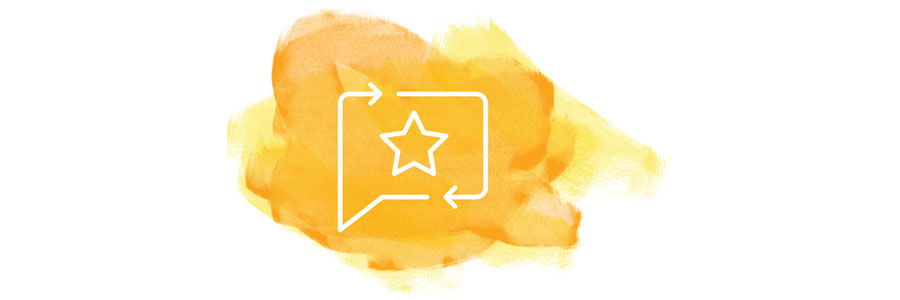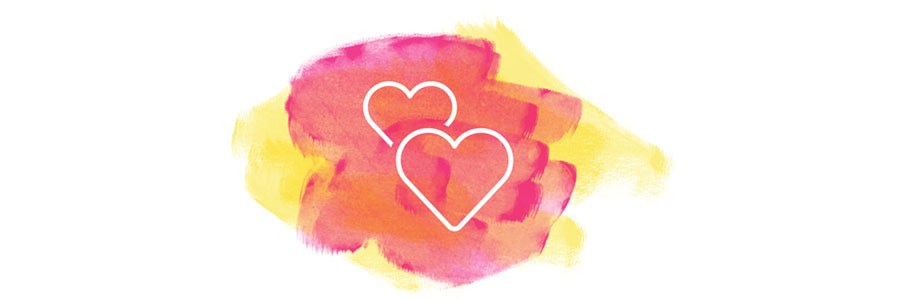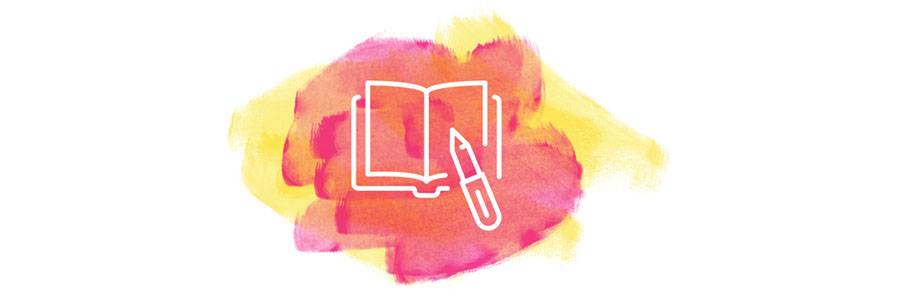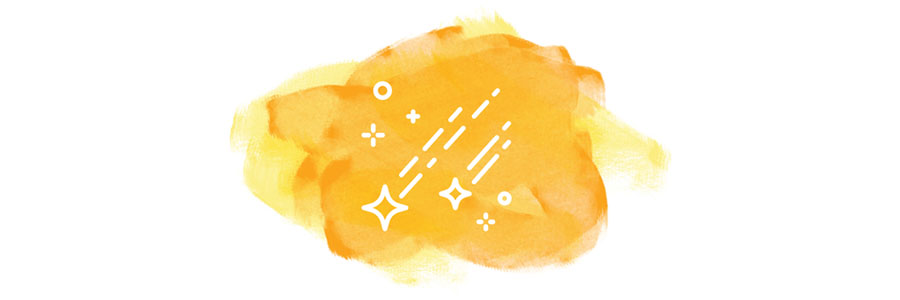The Mystique of Creativity
Does creativity intimidate? Infuriate? Remain just out of reach?
Creativity is a constant presence in the things that entertain us, the design of the environments that we live and work in, and the shape of the things we use everyday. Yet somehow, it retains a mystique that distorts our perceptions of it.
Part of creativity's mystique is from the Mount Rushmore-level status we bestow upon the creators who awe and entertain us with their talent. The story of Paul McCartney waking up with "Yesterday" stuck in his head is a familiar instance of a revered creator conjuring something effortlessly, fully formed, with no effort. But that wonder gets overstated when you overlook how immersed McCartney was in music and songwriting at that point in his life.
The more significant part of the distortion surrounding creativity is the common assertion that supernatural levels of natural talent or 'communion with the muses' are required. The reality is that effort, practice, and risk-taking contribute more to creative output than inborn talent.
Effort, practice, and risk-taking contribute more to creative output than inborn talent.
When expressing our hesitation to even try to create, we cite tin ears, the absence of a creative bone, or incompetence with straight lines to excuse ourselves from engaging in the creative process. However, throughout the pandemic, we have seen the benefits creativity can have in enhancing our well-being and sense of self. People have turned to creative practices to fill their time and solitude. Cameras have been dusted off to provide company on socially distanced walks as eyes take in surroundings from new perspectives. Cover songs and original compositions have been performed in Zoom concerts, and journals have received inky scrawls describing pandemic experiences.
While we might feel that our creative output must stand up to the scrutiny of an audience, it is far more important to simply engage in the creative process: look at things in a new light, question things, question ourselves, arrange and rearrange, tweak, study, practice new skills, emulate heroes, and give it a shot to see how it turns out. These habits, not technical ability, are at the core of becoming a creative person. They have the potential to open us to new possibilities, and foster a beginner's mindset that can generate fresh approaches and surprising results.
A mindset open to possibility and new ideas has proven invaluable in cutting-edge industries and organizations. Creativity has been linked with innovation as an economic driver and a competitive advantage. While organizations seek creativity, they need to recognize that it is an asset waiting to be nurtured within your team rather than a commodity to find elsewhere. Fresh ideas and the people who generate them deserve the attention and support that nurture them in a collaborative environment.
For more sensitive individuals, exposing their unpolished, spontaneous contributions during a brainstorm session can be harrowing. Be sure to give participants ample time and space to develop their ideas. Prompt them regularly and instil a culture that is engaged in an ongoing dialogue about new ideas. Most importantly, prove you value ideas by developing and implementing them.
...developing a regular creative routine will help it become a more familiar habit and rewarding part of your life.
As we engage with the creative process, we become familiar with the self-conscious inner critic and learn to tune out that voice in favour of a more open and perceptive view. This familiarity allows us to give our inner critic a pat on the head, thank it, and send it on its way. With time and practice, the openness to inputs and perceptions expands to confidence sharing outputs and ideas. Rather than surrendering to the whispers of "Later," "Once I..." and other self-talk, developing a regular creative routine will help it become a more familiar habit and rewarding part of your life.
The movement towards creative engagement in recent years is not aimed at fostering an abundance of "artistes", each generating their own blizzards of symphonic tone poems, speculative novels, and sci-fi epics. Creativity is not measured by the ambition or scale of the things one chooses to create. A snapshot or a haiku are quick and ephemeral enough to create, assess, and try again as you rumble through the stages of the creative process.
Allow small creative projects to introduce you again and again to doubt as you attempt and ultimately complete something that is yours. Allow that critical voice in your head to grow softer and softer until you are left with a habit of framing things differently, questioning more carefully, and judging success and failure in a more detached light. As Maya Angelou very eloquently put it; "You can't use up creativity. The more you use, the more you have." Share your creative voice!
Written by Patrick Hanlon, BA, BEd, MA
Become more creative...

Fertilize your imagination
Find music, books and movies you are curious about but haven't experienced. Take note of the synchronicities that occur while you explore and see where they lead you.

Survey things you love
Gather your favourite objects and possessions and arrange them together to reveal the self-portrait that is embodied in those objects.

Create a streak
Set a small creative goal and set aside 15 minutes a day to work towards it. Keep track of how many days you can keep it going. If you break the streak, start again.

Use your imagination
Play with your surroundings. Look for things that look like faces, amusing juxtapositions, or phrases that you can edit to say something amusing or the opposite of what is intended.

Collaborate with someone
Find someone with a common creative interest and try doing it together. A knitting circle, a writing group, or a photo walk with a friend are just a few examples of groups doing creative things together.

Explore your environment
Whether you are out for a walk or within your own home, take note of the colours, textures, and light and shadows that surround you. Note how they change during the day.
